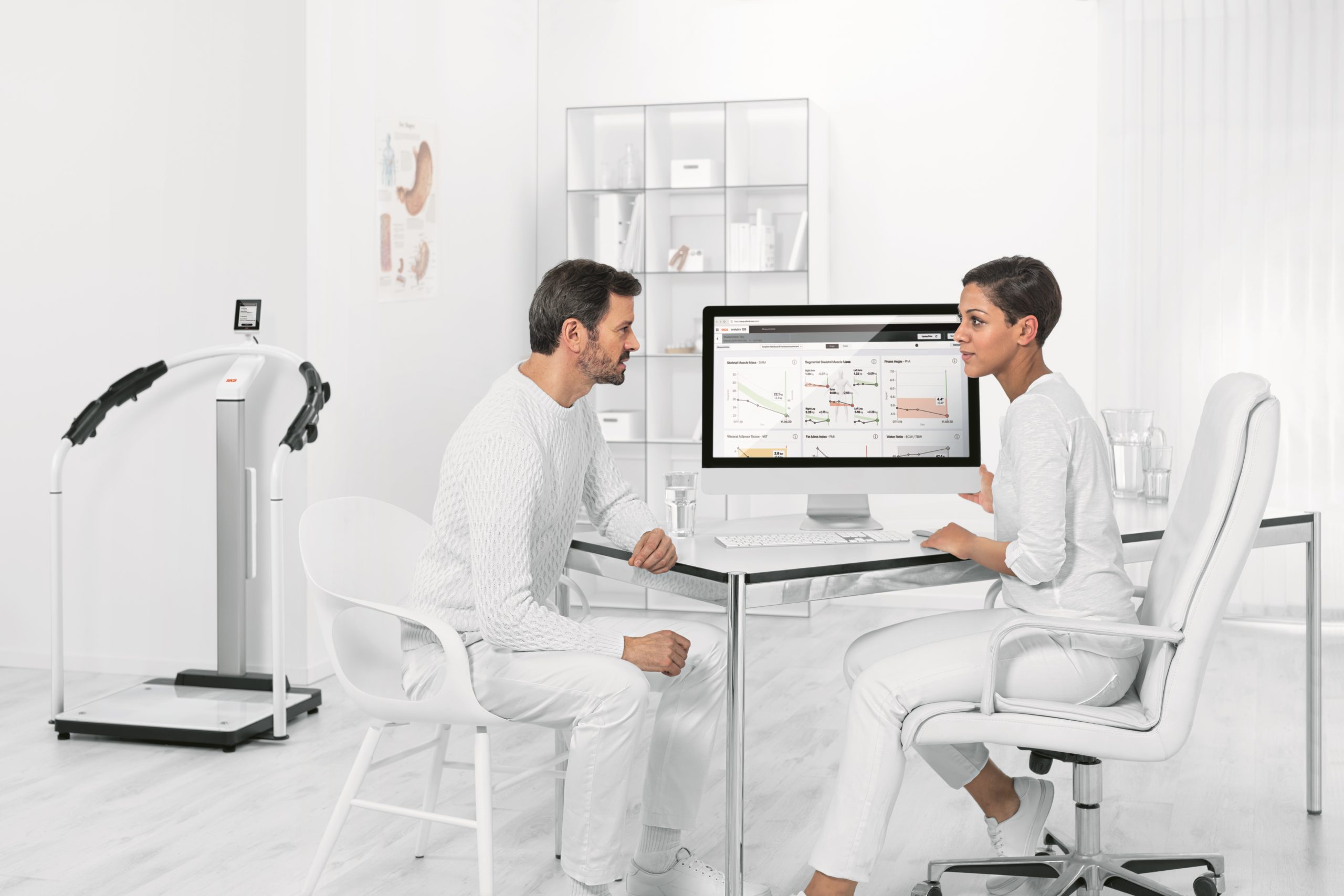March 9, 2020, was the first day that our hospital realized that telemedicine was going to be a lifeline for access to patients. It was all hands on deck and the crew went to work….fast! Now that 15 months have passed, it is crystal clear that telehealth will continue to be a part of the new ecosystem to care for our patients.
The next challenge is to figure out how to keep the patient in the center of the circle of care. There are more questions than answers as we address the continuum of care of our patients. What are the patient’s needs? Will virtual visits be reimbursed after the public health emergency ends? What are the existing challenges? It appears that the new normal will most likely be a hybrid of face-to-face visits plus virtual visits.
Of course, the reality is that we are looking back at this last year and asking ourselves what will the future look like in the practice of medicine. If our mission as healthcare providers is to offer quality care to our patients, then the (digital) front door may lead to many new pathways. No longer will we say to the patient that you must come to the office to get care. There is another option that we know works well. Whether we turn the screen or turn our chair to see the patient, we can provide answers about the differential diagnosis or management of a disease. We can provide education and consultations virtually as an option if the patient agrees.
The first step is to decide which patient would benefit the most from a video visit. The physician and her team can determine the best criteria for this encounter. Many providers are starting to understand how virtual visits work. Not everyone is comfortable with this new skill set. Most medical professionals are trained to be face to face with a patient. As we move to train the next generation of doctors, nurses, therapists, and pharmacists, it will be vital they learn about telemedicine. Then as they huddle together, the discussion will include the choice of a virtual visit.
The pandemic has been a disrupter in traditional patient care. As Winston Churchill said, “don’t let a crisis go to waste.” The paradigm has shifted now that people realize that they can see their provider and stay at home or work. Bringing healthcare to the patient rather than asking the patient to come to the hospital or office is flipping the traditional mindset. The providers that are adapting to this quickly are moving ahead to make changes in their practice. They are benefitting in many ways. Patients will want to see providers that are flexible and willing to accommodate their needs.
Let’s look at the banking industry as an example of changing the philosophy of making deposits or transactions in person. Who thought that we could do all of our banking on our cellphone and rarely have to drive and walk in the bank? Another example is retail. We can have clothes shipped to our door, try on an outfit, and return it without stepping in the store. Healthcare is making similar changes. The physicians and CEOs that see this trend and open the digital front door will attract more patients or consumers of healthcare.
We know that the public health emergency will end, but the virus will still be in our midst for many years. There will always be the challenges of staying healthy and safe. Telemedicine is here to stay and help offer better access for our patients. Adapting to change is not easy but this experience will offer new options and lead to exciting new ideas.


Comments are closed